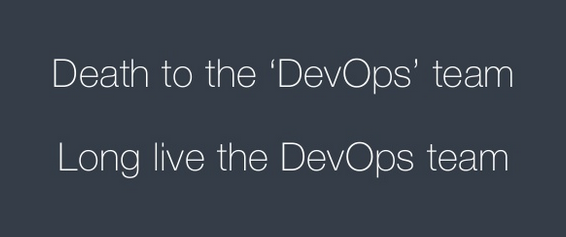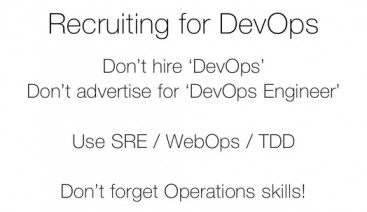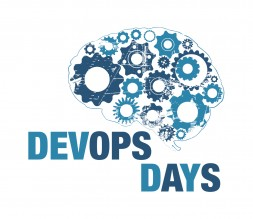The Butterfly Effect of Uncontrolled Cloud Operations Change
 The rapid development of SaaS applications in the cloud means more and more people, features and open source applications are combining together into one huge platform. Due to the immediacy of software development, a major challenge for software vendors is to audit changes in their application environments, such as system configurations. The problem is that any `change performed at any stage of an operation can impact other areas of an application. This digital butterfly effect can be very detrimental in today’s fast-paced, on-demand environment. It becomes even more destructive when these changes can’t be found, due to inadequate tracking. Failure to track changes, can greatly affect a company’s revenues and success.
The rapid development of SaaS applications in the cloud means more and more people, features and open source applications are combining together into one huge platform. Due to the immediacy of software development, a major challenge for software vendors is to audit changes in their application environments, such as system configurations. The problem is that any `change performed at any stage of an operation can impact other areas of an application. This digital butterfly effect can be very detrimental in today’s fast-paced, on-demand environment. It becomes even more destructive when these changes can’t be found, due to inadequate tracking. Failure to track changes, can greatly affect a company’s revenues and success.
A Real-Life Story
A company with a large scale SaaS platform that provides to large e-commerce, quality buyers started seeing that their revenues dropped about 12% from the previous day. The DevOps team started checking all of the platform components and logs to check for malfunctions. After 12 exhausting hours, they started searching for changes that were made over the past 36 hours and roll back these changes. Eventually, they found out that one of the analyst experts made a change to one of the campaigns.
(more…)


 Over the past five years, DevOps has evolved into an integral movement in the fields of software development and delivery. The
Over the past five years, DevOps has evolved into an integral movement in the fields of software development and delivery. The 


